Most of us can easily point to the presence (and prominence) of networks in our day-to-day lives. Professional and personal, LinkedIn or Instagram. We may LyftLine to work or ask our Facebook friends for advice on where to eat when traveling to a new city. We even attend (or, if you’re anything like me, say we will attend) countless networking events throughout the year.
Yet, it was at one of these events where I was recently struck by a recurring theme in the nonprofit sector. In a room filled with seventy funders, not one person raised a hand when asked whether their organizations built partnerships and collaboration into day-to-day work.
I am consistently amazed by the work my colleagues in the sector are doing, but at this event I was surprised to see that each of these funders was single-handedly trying to effect social change. Because, when you examine national trends, even though philanthropic giving has never been higher, the achievement gap has barely narrowed over the past 50 years. Furthermore, the number of people living in poverty has actually grown by over 10 million. How might the sector be more effective? One way could be through using networks to increase its leverage on hard to solve social problems.
At Impact Catalysts, we help organizations define their unique value propositions (as the consulting industry so loves to say) while also identifying who else is working toward a similar impact, to identify potential partnerships and combine strengths in a meaningful way. Consider the cases of two Impact Catalysts clients…
Two Cases for Network-Centered Strategy:
Case 1: We worked with a membership organization that was exploring ways to extend its work beyond its core offerings of professional development training, technical assistance, and convenings. While this work was responsive to members’ needs and wants, it did not position the organization to get out in front of trends and be a leader on issues facing its members.
Over the course of the strategic planning process, we helped the organization recognize that its membership network was its core asset. The strategy that emerged emphasized the organization’s role as a catalyst for information exchange and the creation of ad hoc groups within the network. The strategy will increase the organization’s impact, while also deepening its value to its members.
Case 2: A small foundation came to us for help in designing a framework for measuring its impact and testing its assumptions about how to achieve impact. The foundation makes relatively small grants to seed groups that do not traditionally have access to foundation funding.
The obvious way to measure impact would be to look at the progress that each grantee made over time. But, given the limited scale of the funding, this approach would miss the idea at the core of the foundation’s theory of change: building a network of individuals working for social justice. Projects and organizations may come and go, but it is the individual organizers who will go on to create new initiatives and carry influence in their communities.
We are working with this client to embed this concept into how they measure impact. Our approach maps how individuals and groups within a community build and strengthen connections with one another over time. It also attempts to capture how that community connects to other, broader networks—and other funders—over time. This strategy recognizes that networks are the key to community resilience and sustainability, and as such, key to the foundation’s impact.
A single tweet can go viral, reaching many more users than one person’s followers alone. In the nonprofit world, networks can work to expand the impact and reach of a single organization.

